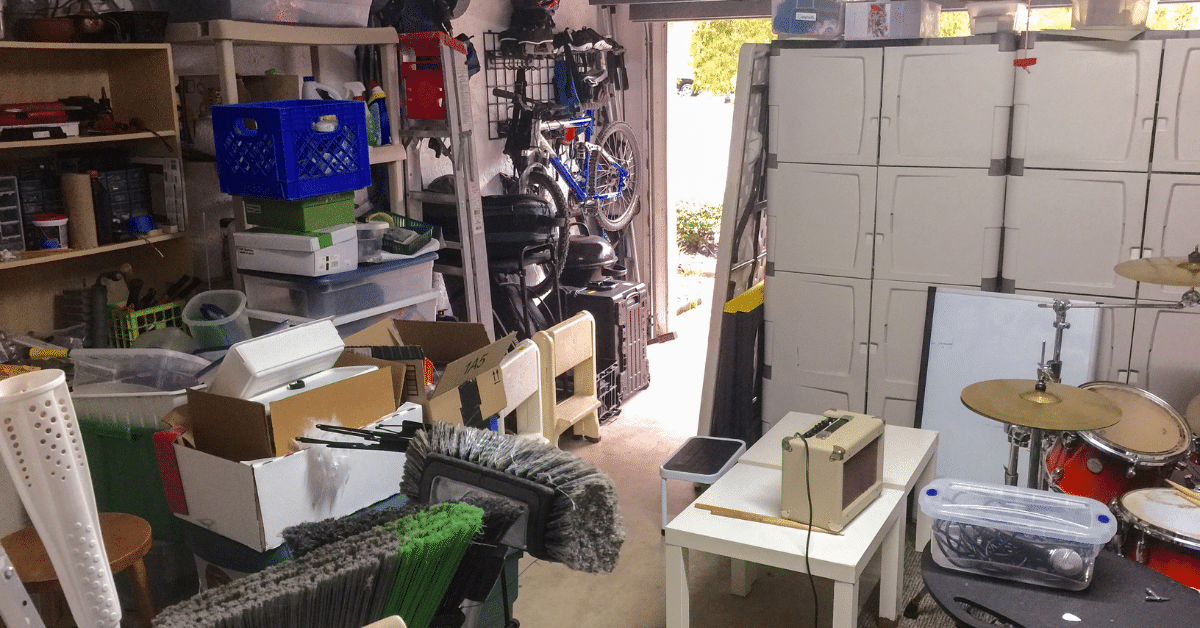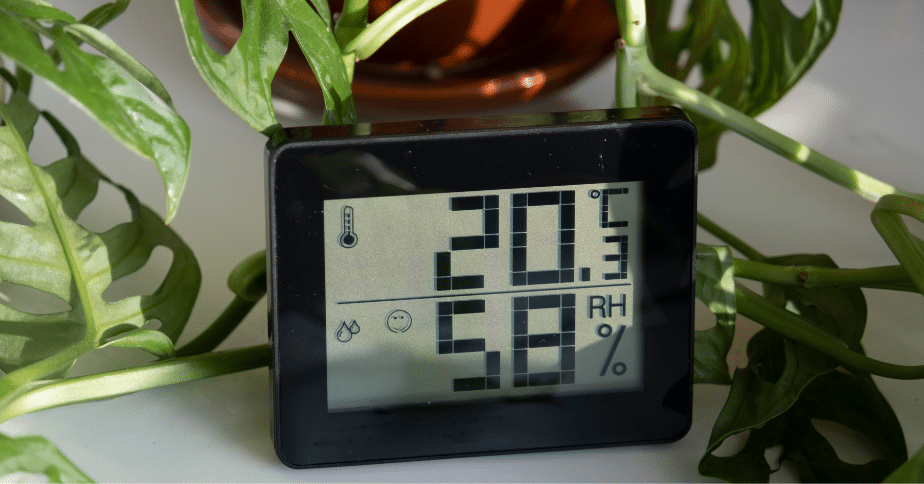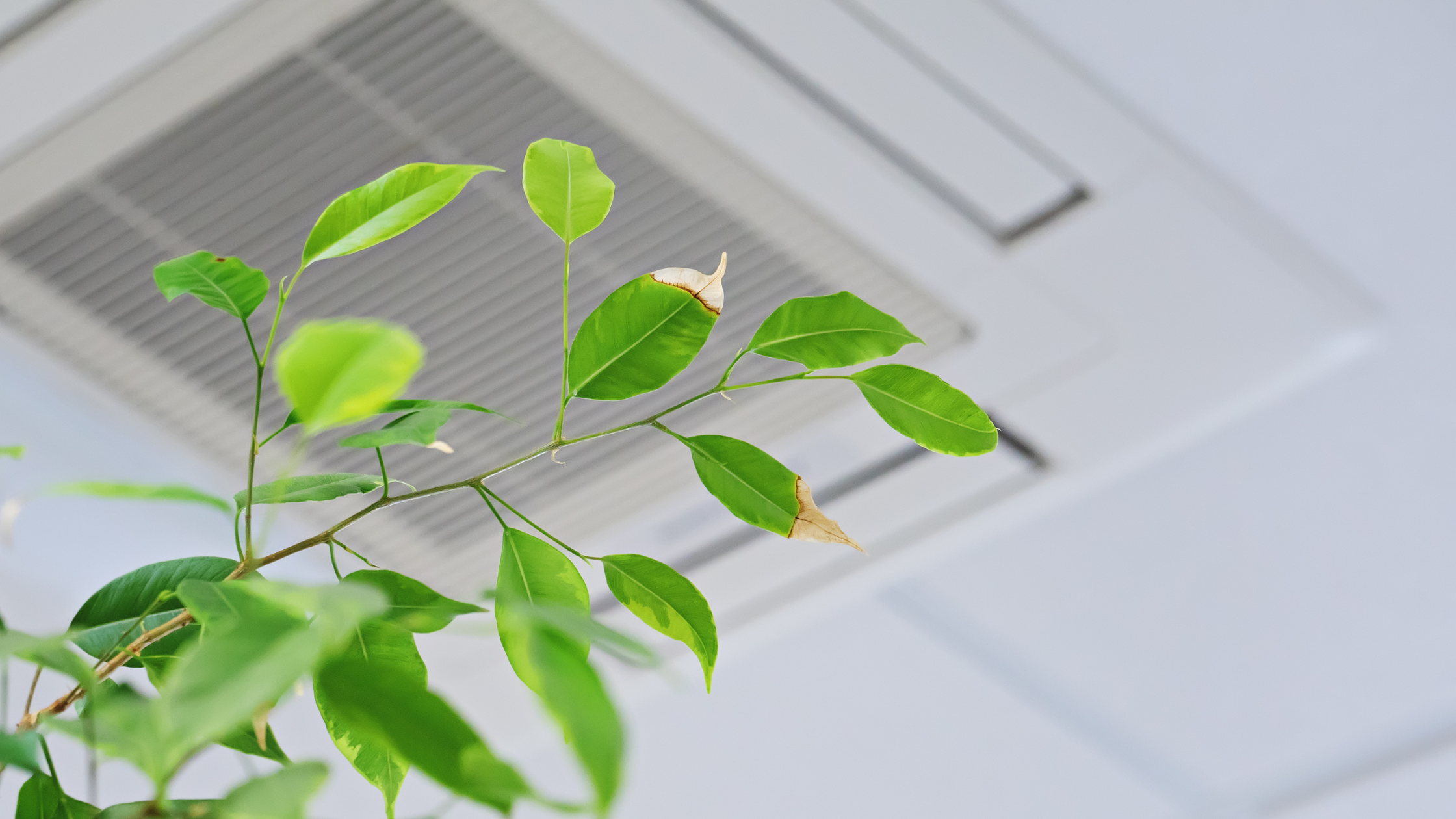Garages: A Common Undetected Area For Mold Growth

Garages are often overlooked when it comes to home maintenance. These are often seen as nothing more than a storage space for our cars, tools, boxes full of forgotten trinkets, old clothes, cardboard boxes, and all the things that don’t make it inside the house. But did you know that they can also be a breeding ground for mold?
Due to the high humidity levels and lack of regular cleaning, mold can thrive on surfaces such as walls, floors, drywall, concrete, and even ceilings. The presence of black mold on concrete is a clear indication that there is excessive moisture and poor ventilation in the garage. Not only does mold damage your property, but it can also have serious health implications for you and your family.
In this article, we will uncover the common causes of mold growth in garages and reveal how you can prevent and address mold infestation.
What Is Mold and How Does It Grow?
Mold spores are always floating around in the air, no matter whether you are indoors or outside. These spores can germinate and multiply when they come into contact with a moist environment. Kitchens, bathrooms, basements, and garages are prime locations for mold growth due to the high levels of humidity and warmth present in these areas.
Mold reproduces by releasing airborne spores. These spores can travel through the air and land on other surfaces where they can start to grow. For mold to grow, it needs four things: a food source (cellulose-based materials like paper or wood), oxygen, moisture, and warm temperatures. And a damp garage is often a hot spot for these spores to multiply as it contains all the necessary elements for mold growth. Additionally, mold can also grow on other materials such as fabrics, leather, and dust.
To prevent mold growth in a garage or other areas, it is important to keep the space dry by fixing any leaks or water damage and to ensure proper ventilation to reduce humidity levels. Regular cleaning and maintenance can also help to remove any potential food sources for mold. If mold growth is already present, it is important to address the issue as soon as possible to prevent the spread of spores and potential health hazards.
Inhaling mold spores can cause respiratory problems like coughing and sneezing. Mold allergies can cause nasal congestion, eye irritation, and skin rashes in some people. Cleaning up and removing mold from a garage that has a major infestation is important and requires the assistance of a specialist.
Types of Mold That Can Grow in a Garage
Black Mold: Black mold, also known as Stachybotrys chartarum, can grow in damp, warm, and humid environments such as a garage. If left untreated, it can cause health problems like allergies and respiratory issues. Black mold is often recognizable by its color and the way it colonizes, forming circular growth patterns and having a sticky texture.
White Mold: White mold, is a common type of mold found in garages. It appears as a white, fluffy, hair-like growth on concrete walls and is often mistaken for efflorescence. Although it is less harmful than other types of mold, it should still be removed properly to prevent growth.
Green Mold: Green mold is a common type of mold that grows inside homes. It can be classified into over one hundred different types, with the most common being Cladosporium, Aspergillus, and Penicillium. These molds have a greenish appearance and can resemble algae growth. Sneezing, a stuffy nose, watery eyes, and a rash are some of the symptoms associated with green mold. However, exposure to green mold over a prolonged period can lead to more serious health issues such as asthma, bronchitis, and lung infections. People with compromised immune systems or preexisting respiratory disorders may be at a higher risk of experiencing health complications from exposure to green mold.
Factors That Contribute to Excessive Mold Growth in Garages
Mold is a type of fungus that thrives in dark and moist environments and garages are often the perfect breeding ground for mold spores. Here are some of the few factors that contribute to excessive mold growth in garages:
- Poor ventilation: Garages that do not have proper ventilation are prone to mold growth. Poor ventilation can cause high humidity levels, which thereby create the perfect conditions for mold to thrive.
- Lack of cleaning and maintenance: Garages can be a breeding ground for mold if they are not regularly cleaned and maintained. Dust, dirt, and debris can provide a food source for mold spores, which can cause mold to grow and spread.
- Leaks: Even small leaks from pipes or appliances can cause water damage and lead to mold growth.
- Humidity: High humidity levels are another factor that contributes to mold growth. If you live in a humid climate, be sure to keep an eye on your garage and take steps to reduce moisture levels if necessary.
- Flooding: Even a small amount of flooding can create the ideal conditions for mold spores to grow and proliferate. If your garage has been flooded, you must clean and dry it as soon as possible to prevent mold from taking hold.
Signs of a Mold Problem in the Garage
If you find mold in your garage, don’t ignore it or try to remove it on your own; doing so might be risky for your health. Instead, have a mold removal company take care of the issue for you to ensure everyone’s safety.
However, if you presume to have a mold problem in your garage, check out for these signs that can help you confirm your suspicions.
- Take a close look at the walls and ceiling. A damp garage wall is often an indication that there could be an infestation. However, if you see any discoloration or staining, this could be a sign of mold growth. Another telling sign is if the paint or wallpaper on these surfaces is peeling or bubbling.
- If you notice any musty smell in the garage, it could be a mold infestation.
- If you suspect mold growth but don’t see any visible signs, try using a moisture meter to test for moisture levels in the air and on surfaces. High moisture levels are often an indication of mold growth, even if there are no visible signs.
- If you do find mold in your garage, it is crucial to take action immediately to clean it up and prevent it from spreading.
Removing Mold From Garages
Mold is a serious problem that can cause potential damage to your home. If you have mold in your garage, it is important to remove it as soon as possible. While there are numerous DIY home remedies available on the internet, such as using bleach, vinegar, or a commercial mold remover, these substances might damage your belongings as well as cause significant health issues if you do not follow the instructions carefully.
If you suspect any mold infestation in your garage, here are a few things you can do:
- While mold can cause serious health problems, it is not usually an immediate danger. So, you can try to identify the source of the moisture that is causing the mold to grow. This could be something as simple as a leaky pipe or a crack in the foundation. Once you have found the source of the moisture, repair it and then call a professional who can help you clear the infestation.
- No matter the size of the mold growth, you need to consult a specialist right away. Taking care of mold growth in your garage immediately is important for both your health and the value of your home.
- If you find black mold in the garage, you need to control humidity levels, fix leaks, and properly ventilate the space. If mold is already present, it should be removed by a professional using appropriate safety gear and techniques. Regularly inspecting and maintaining the garage can also help prevent future mold growth.
Ways to Prevent Future Mold Growth in Garages
- Keep the humidity levels low: One of the main reasons why mold grows in garages is because of high humidity levels. To prevent this, consider installing a dehumidifier or opening the windows on days when it isn’t raining.
- Use fans: Another way to keep the humidity levels low is by using fans. This will help circulate the air and dry out any wet areas quickly.
- Clean regularly: Be sure to sweep and mop your garage floor on a regular basis. This will remove any dirt or debris that could be contributing to mold growth.
- Inspect for leaks: Inspect the roof, walls, and plumbing fixtures for any leaks. These need to be repaired immediately to prevent water damage which could lead to mold growth.
- Store items off the ground: Store any boxes or other belongings off the ground so they don’t get wet if there is a leak or flood. Waterproof containers are also a good option for storing items in your garage.
Conclusion
Mold growth in garages can be a silent killer, but it doesn’t have to be with proper preventative measures and quick action. Don’t wait until it is too late, schedule an inspection with a professional today and take control of the situation. Don’t let mold ruin your garage, act now!
If you have any questions or concerns regarding mold in your residential or commercial property, it is advisable to contact AQA for professional support. AQA has a wealth of experience and knowledge in the field of mold remediation and can handle your issue in a prompt and efficient manner.
The AQA team consists of highly trained experts who have the necessary equipment and techniques to properly assess and resolve mold-related problems. They will take the time to understand your situation and provide personalized recommendations to effectively address the issue at hand.



